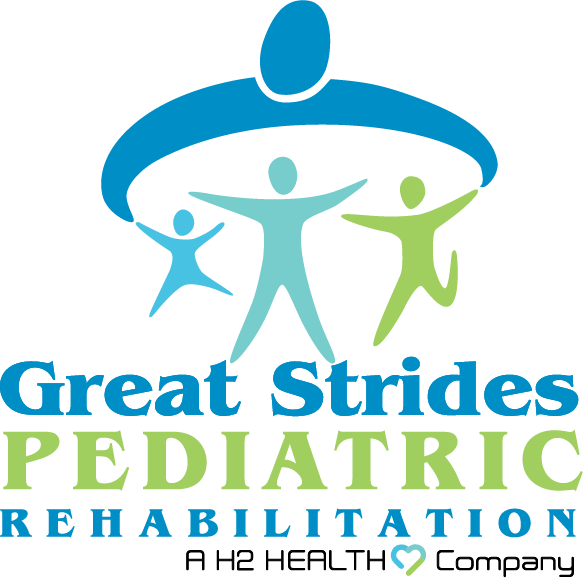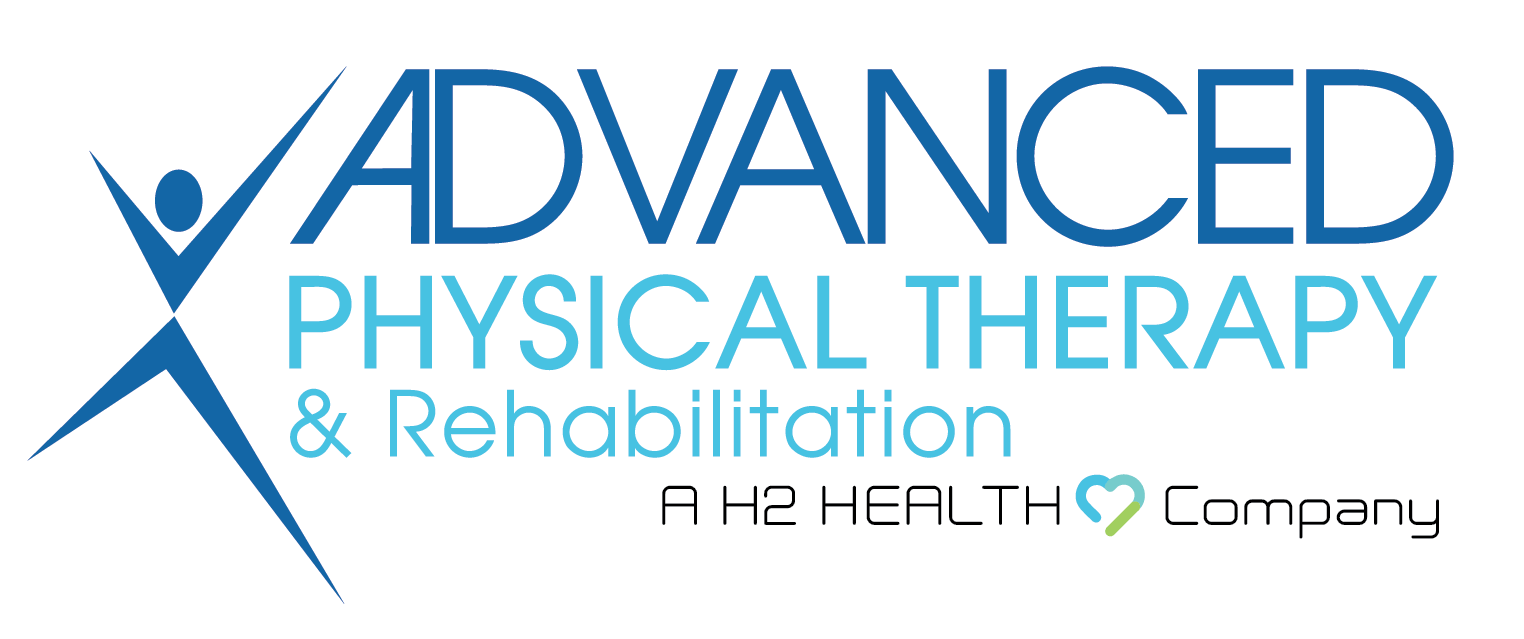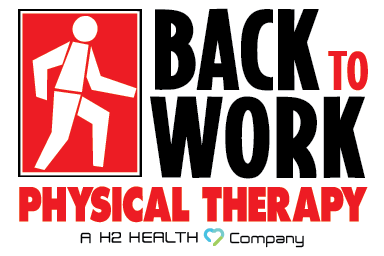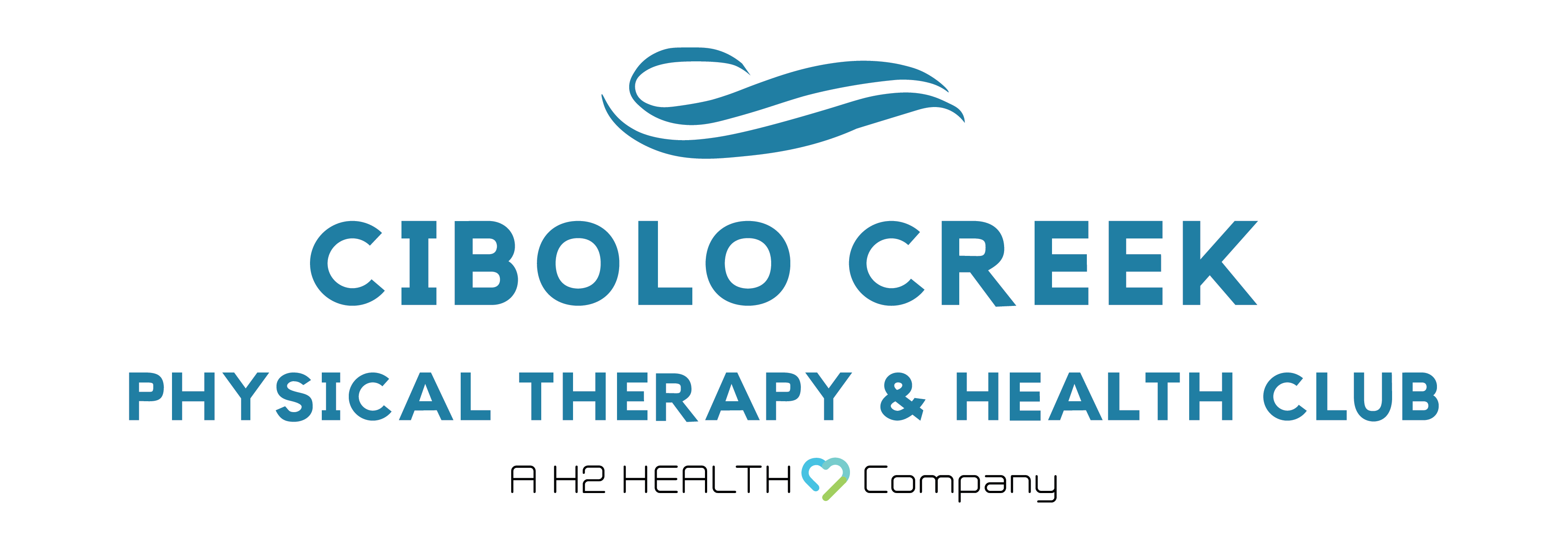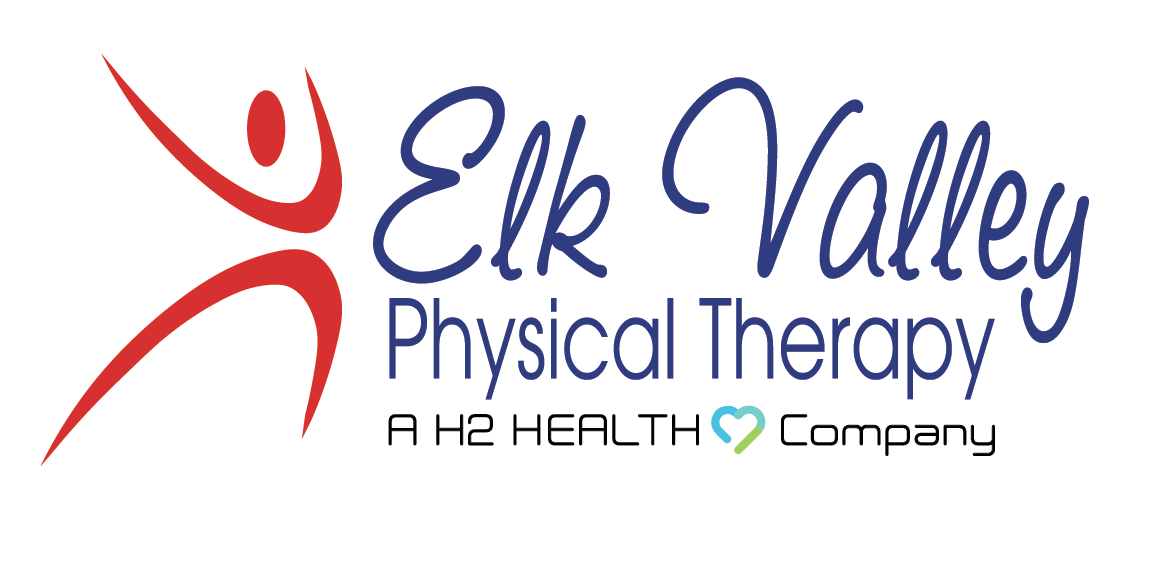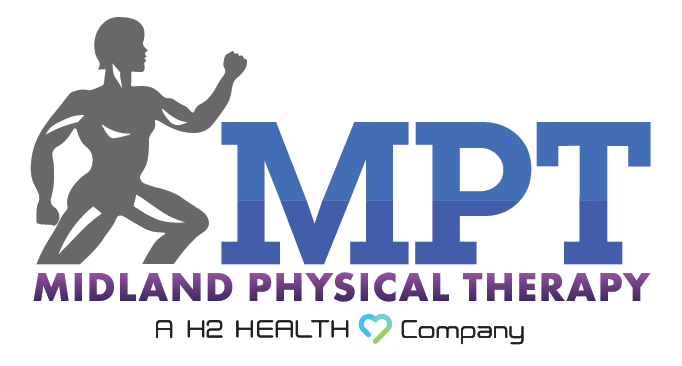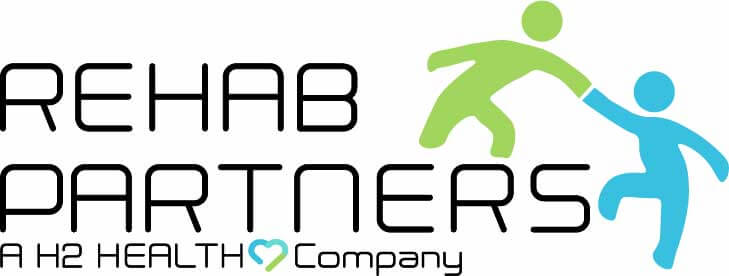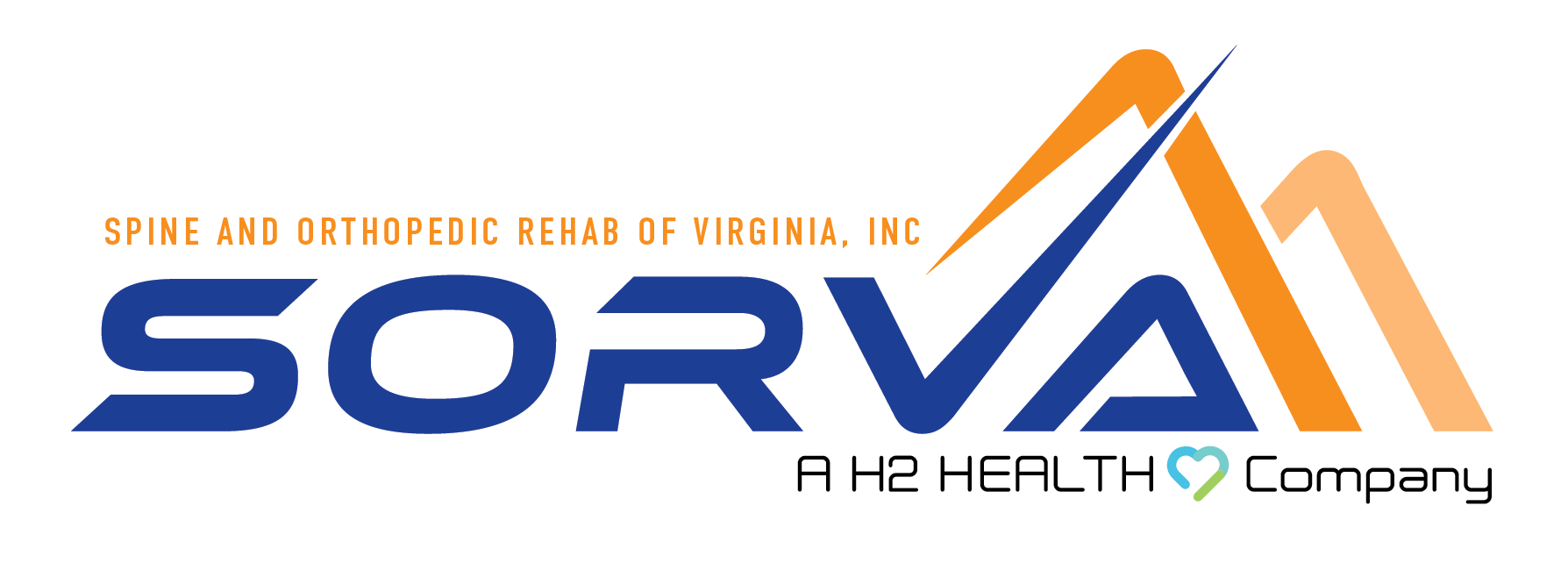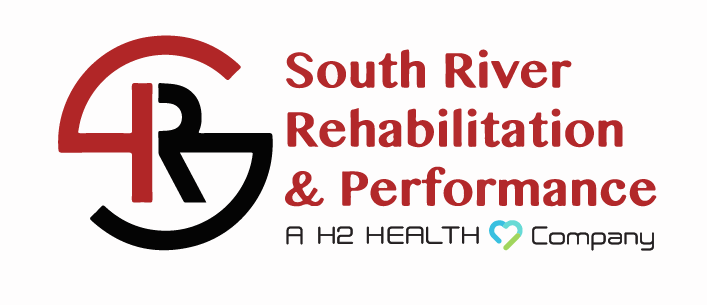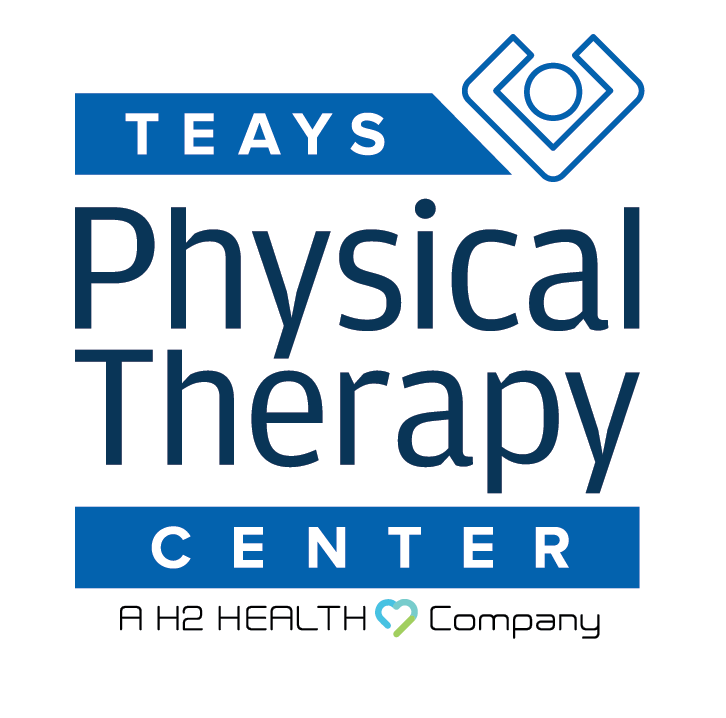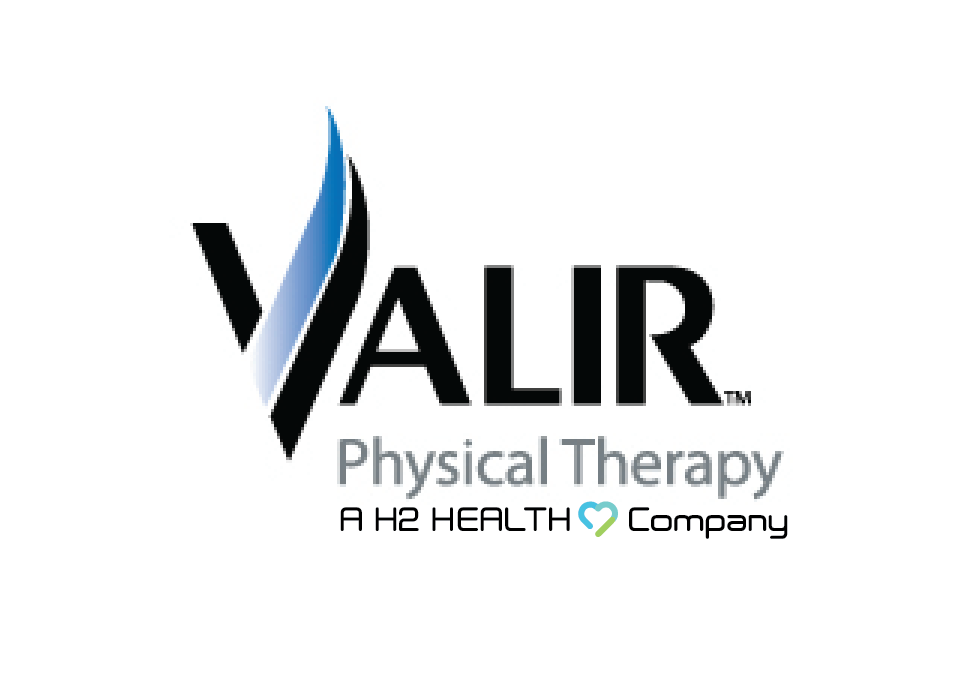Temporo-Mandibular Joint (TMJ)
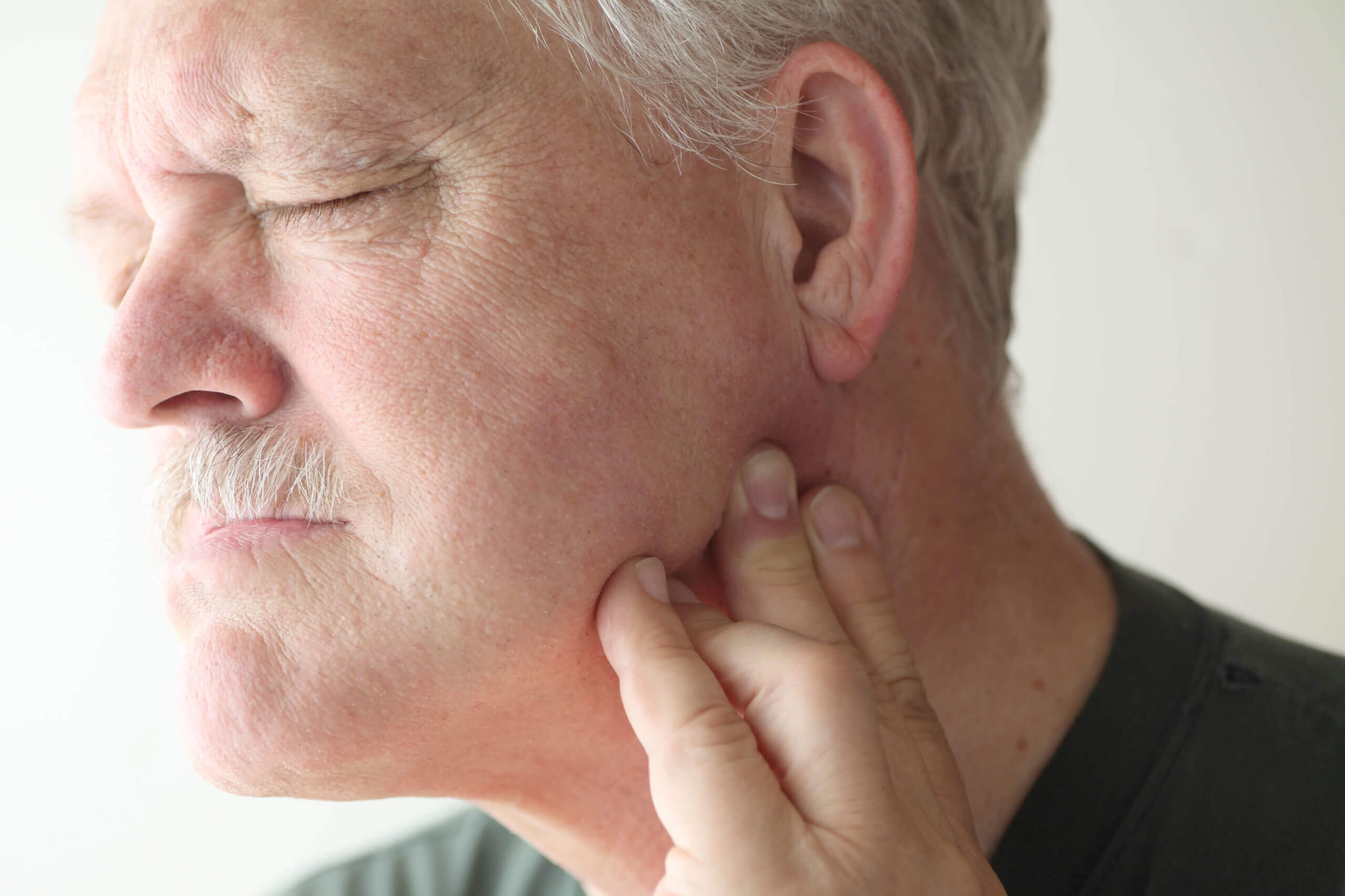
Oh, my TMD! We've all heard this phrase before, but what does it really mean? The temporomandibular joint (TMJ) is the joint that connects your jaw to your skull. It’s a small joint, but it’s a very important one! The TMJ allows you to move your jaw up and down and side to side, so you can talk, eat, and yawn. There are many things that can cause problems with the TMJ, including arthritis, dislocation, and bruxism (teeth grinding). These problems can cause pain, clicking, popping, or even locking of the jaw. If you are experiencing any of these symptoms, our therapist can help you sort it out through TMJ physical therapy.
Not all locations provide TMJ therapy. Click here to find your closest clinic and the services they offer.
ANATOMY OF THE TMJ
The TMJ is a “ball and socket” joint. The ball is called the condyle, and it sits in a socket called the glenoid fossa. The fossa is lined with a smooth membrane called the synovial membrane and contains the synovial fluid within. The membrane and fluid help to reduce friction between the ball and socket.
The TMJ is held together by several muscles and ligaments. These muscles surrounding the joint remarkably work together to produce movements like opening of the mouth and churning food. The TMJ is a strong a joint as it needs to bear a lot of force while biting. This strengthening support is delivered by the strong ligaments around the temporomandibular joint.
DISORDERS OF THE TMJ
When the temporomandibular joint is not working properly, it can cause a wide range of symptoms, including pain, clicking, or popping noises when you move your jaw and open your mouth. These problems are collectively known as disorders of the temporomandibular joint. Although TMJ disorders are fairly common, affecting an estimated 5-12% of adults in the United States, they can be difficult to diagnose and treat. With proper diagnosis and treatment, most people with TMJ disorders can find relief from their symptoms, and the H2 Health family is there to find the right solution for you.
Our clinics are equipped with advanced facilities and deliver services and therapies that can help resolve your TMJ disorder. Some of the TMJ disorders that we treat include:
- TMJ pain or myofascial pain – pain in the temple, jaw, face, or around the ear.
- Limited opening of the mouth
- TMJ stiffness or ankylosis due to disease or injury
- Osteoarthritis of the TMJ
- Tendonitis – inflammation in the tendons surrounding the TMJ
- Locked jaw
- Jaw deviation
- Jaw claudication
The H2 Health family is a growing network of therapists providing specialized outpatient services in various communities across different states in the US. The temporomandibular joint is a small but highly functional joint. Due to its location and being surrounded by various other structures, diagnosing specific TMJ disorders becomes technical. At times, TMJ pain could be due to a severe underlying condition like a tumor in the parotid gland or an ear infection. If you are experiencing any pain or difficulty chewing, also visit us at your nearest location or request an appointment online.

